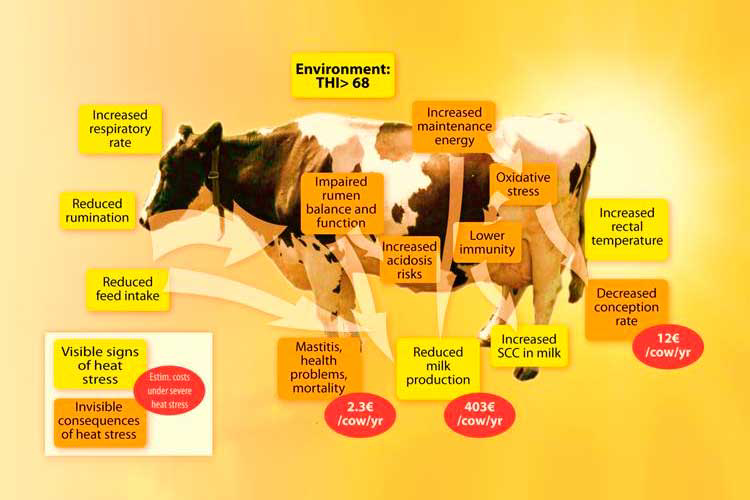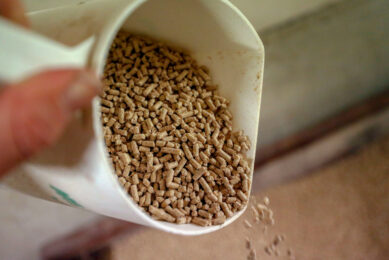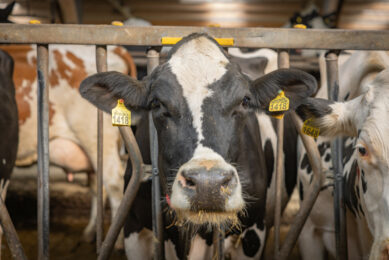Heat stress: an underestimated issue for dairy cows

Dairy cows are sensitive to heat stress, which can cost the dairy producer over 400€/cow. Around 80% of these losses are associated with a 10- 35% drop of productivity, and 20% with health issues e.g. impaired reproduction, mastitis and acidosis.
Normand R St-Pierre at Ohio State University concluded in his recent publication that heat stress results in total economic losses ranging between $1.9 and $2.7 billion per year in the USA. Although projected increases in ambient temperatures (+ 1.2 to 1.3 °F by 2050) will result in additional financial losses, the additional metabolic heat resulting from the projected increase in animal productivity will have far greater impact, between 2 and 4 times as much as global warming. Considering that all moderate to intensive animal cooling system currently in use require substantial amounts of water and are approaching their maximum cooling capacity, technical innovations that will be both water and energy efficient will be badly needed before 2050.
Heat stress is linked to ambient temperature but also to relative humidity, which will amplify the impact of heat. The temperature–humidity index, or THI, is a common indicator of heat stress. A study at the University of Arizona in 2011 revealed that the severity of heat stress was largely underestimated for dairy herds, especially under temperate climates. Moreover, a recent independent trial conducted under severe heat stress environment indicates that rumen specific live yeast can help limit the impact of heat stress on dairy production (feed efficiency up to +7%), and on the rumen condition (higher rumen pH).
More information on the impact, diagnostic and nutritional management of heat stress is available at animal@lallemand.com.











